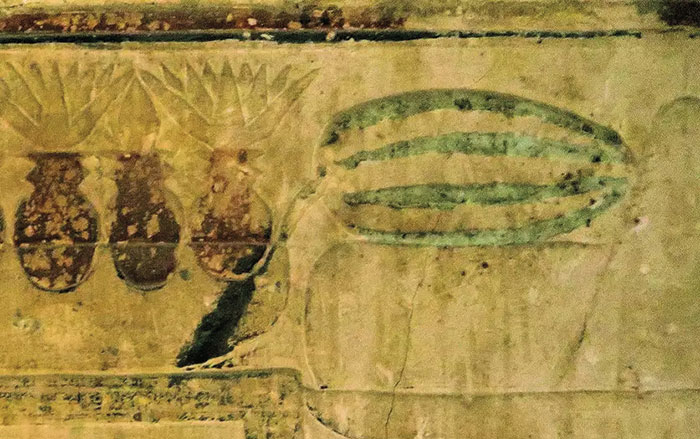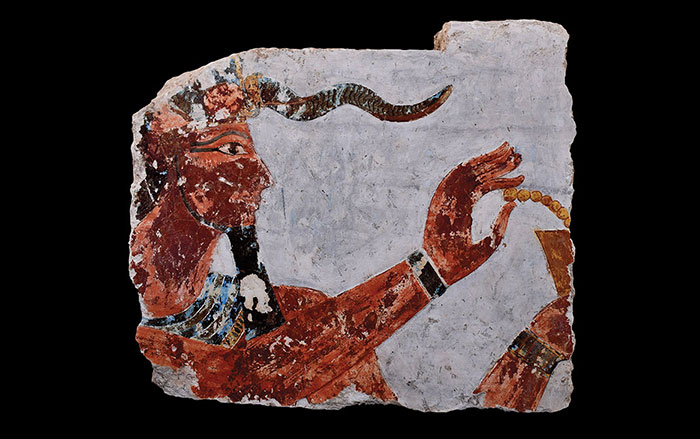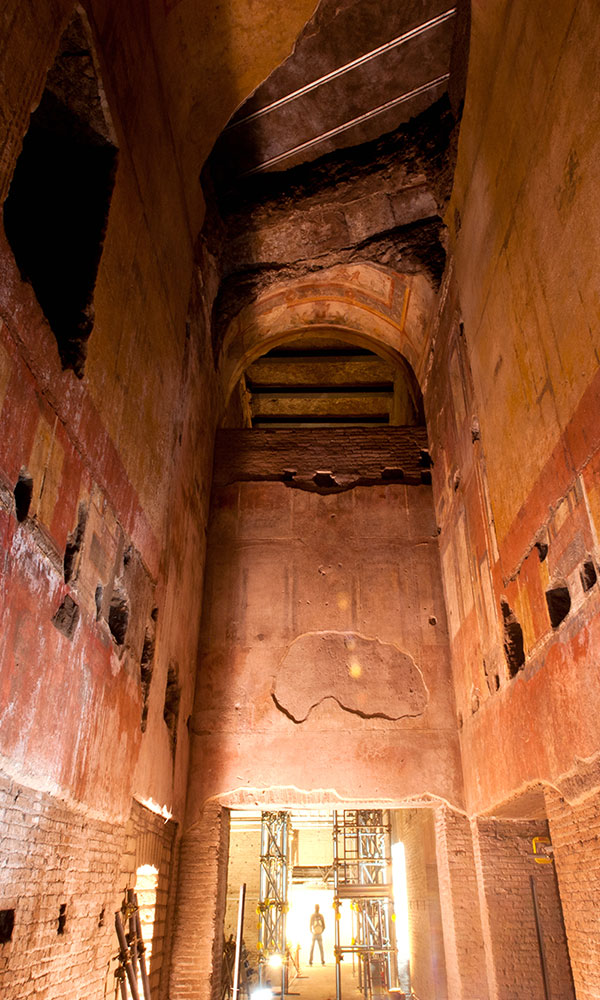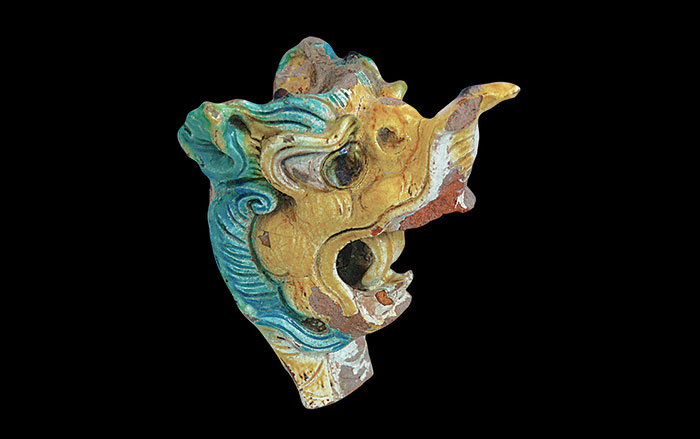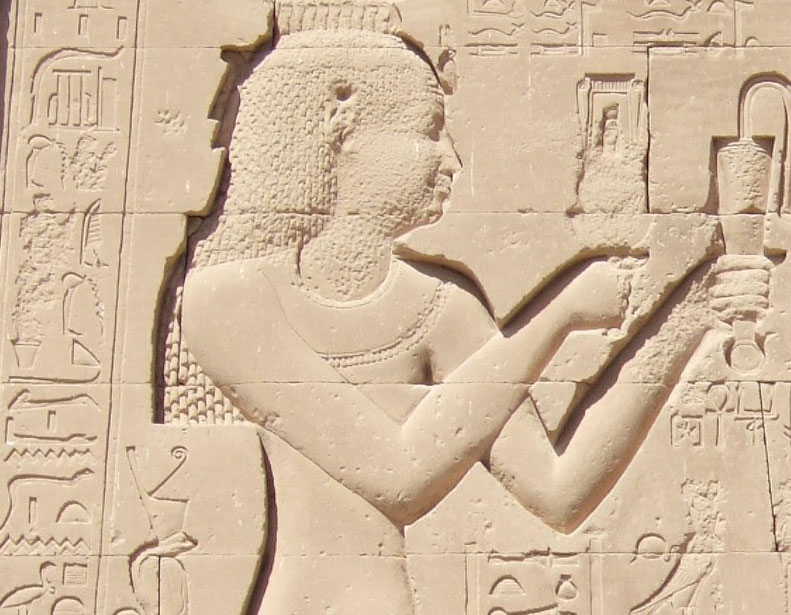
MANCHESTER, ENGLAND—Andrew Gray, Curator of Herpetology at Manchester Museum and Egyptologist Joyce Tyldesley of The University of Manchester argue in a video that it is unlikely that Cleopatra and her maids were killed by a venomous snake. According to Tyldesley, ancient accounts record that the snake hid in a basket of figs brought from the countryside. “Not only are cobras too big, but there’s just a ten percent chance you would die from a snake bite: most bites are dry bites that don’t inject venom,” Gray said in a press release. He adds that cobras tend to conserve their venom to protect themselves and for hunting. “That’s not to say they aren’t dangerous: the venom causes necrosis and will certainly kill you, but quite slowly.” Tyldesley explains that Cleopatra, like other kings and queens of Egypt, was associated with snakes, which the Egyptians thought of as good mothers. She also thought of herself as the embodiment of the goddess Isis, who could take a snake’s form. To read more about Egyptology, go to "The Cult of Amun."


